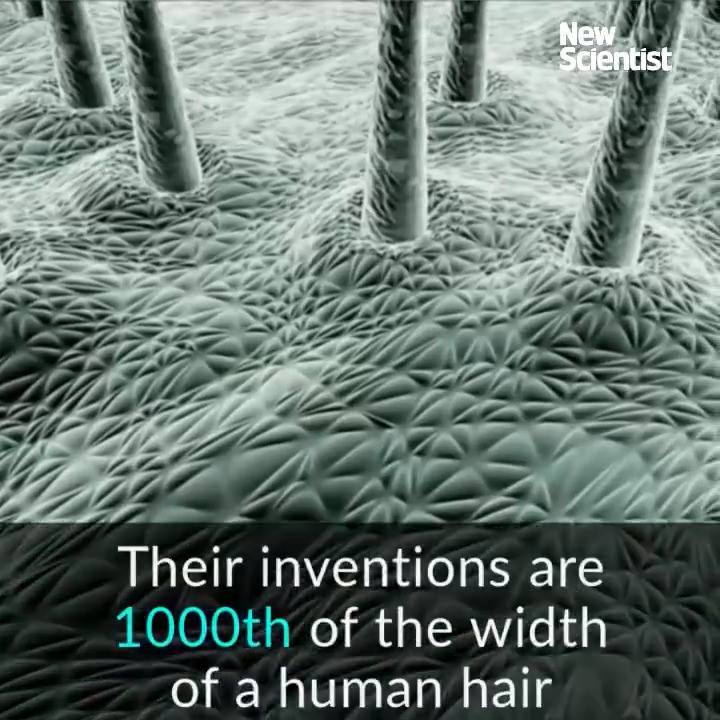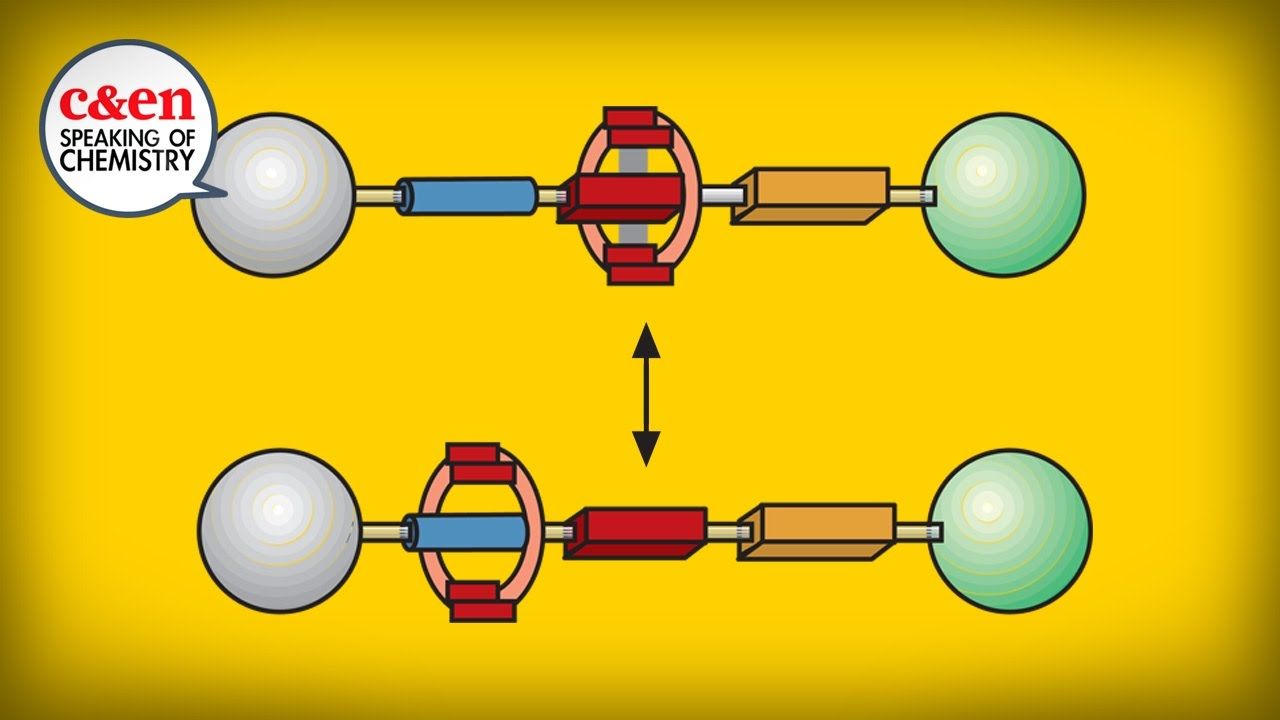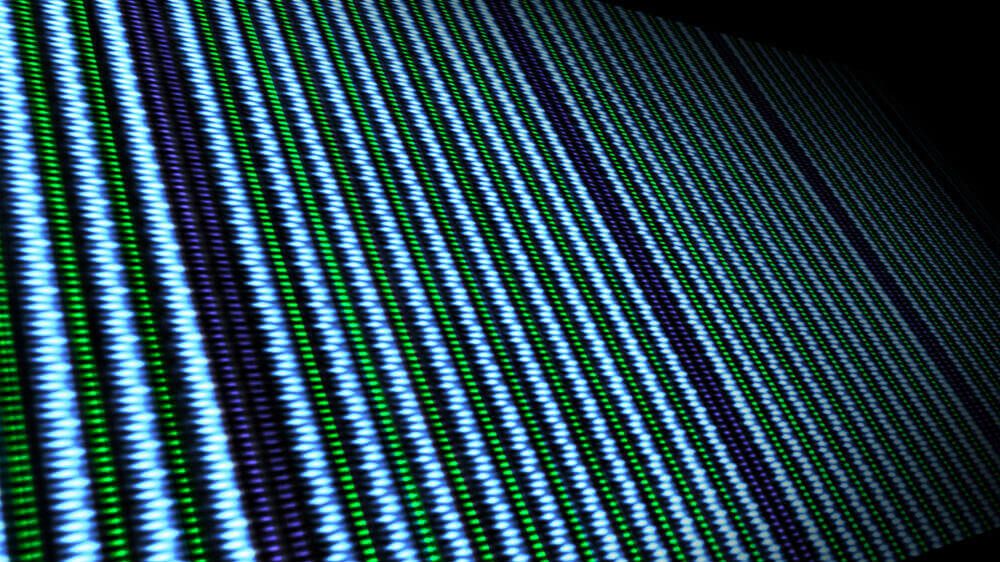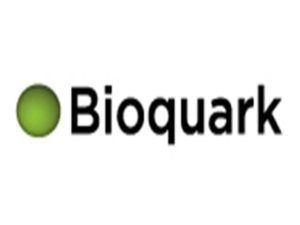
Category: chemistry


Nanomachines Score The 2016 Nobel Prize in Chemistry
In Brief.
- Jean-Pierre Sauvage, Sir Fraser Stoddart and Bernard Feringa will share the prize for their design and synthesis of the ‘world’s smallest machines.’
- The state of molecular machines today is at the same level as that of the electric motor in the 1830’
A trio of European scientists brought home the 2016 Nobel Prize in Chemistry. Jean-Pierre Sauvage, Sir J. Fraser Stoddart and Bernard L. Feringa were awarded 8 million Swedish krona for their work on molecular machines.

Molecular Nanotechnologists win Nobel Prize in Chemistry for developing molecular machines
Bernard Feringa was the first person to develop a molecular motor; in 1999 he got a molecular rotor blade to spin continually in the same direction. Using molecular motors, he has rotated a glass cylinder that is 10,000 times bigger than the motor and also designed a nanocar.
A tiny lift, artificial muscles and miniscule motors. The Nobel Prize in Chemistry 2016 is awarded to Jean-Pierre Sauvage, Sir J. Fraser Stoddart and Bernard L. Feringa for their design and production of molecular machines. They have developed molecules with controllable movements, which can perform a task when energy is added.

Nobel Prize in chemistry goes to designers of molecular motors
The Nobel Prize in chemistry was awarded on Wednesday to scientists based in the US, France, and the Netherlands for breakthroughs in designing molecular machines that can carry out tasks— and even mimic a four-wheel-drive car — when given a jolt of energy.
Winners J. Fraser Stoddart, Jean-Pierre Sauvage, and Bernard L. Feringa discovered how to build tiny motors — 1,000 times thinner than a strand of hair.
The machinery includes rings on axles, spinning blades, and even unimaginably small creations consisting of only a few molecules that can lift themselves off a surface like tiny robots rising on tip-toe. Those molecular robots can pluck, grasp, and connect individual amino acids. The machines can also be used as a novel mechanism of drug delivery.

Smarter thread
I never get tired in circuitry thread and any new findings.
Tufts University engineers say that revolutionary health diagnostics may be hanging on a thread—one of many threads they have created that integrate nano-scale sensors, electronics and microfluidics into threads ranging from simple cotton to sophisticated synthetics. “We think thread-based devices could potentially be used as smart sutures for surgical implants, smart bandages to monitor wound healing, or integrated with textile or fabric as personalized health monitors and point-of-care diagnostics,” says Sameer Sonkusale, Ph.D., director of the interdisciplinary Nano Lab in the Department of Electrical and Computer Engineering at Tufts School of Engineering, Medford/Somerville, Mass.
Researchers dipped a variety of conductive threads in physical and chemical sensing compounds and connected them to wireless electronic circuitry. The threads, sutured into tissues of rats, collected data on tissue health (pressure, stress, strain and temperature), pH and glucose levels. The data helps determine how wounds are healing, whether infection is emerging or whether the body’s chemistry is out of balance. Thread’s natural wicking properties draw fluids to the sensing compounds. Resulting data is transmitted wirelessly to a cell phone and computer.
To date, substrates for implantable devices have been two-dimensional, expensive and difficult to process, making them suitable for flat tissue, such as skin, but not for organs. “By contrast, thread is abundant, inexpensive, thin and flexible, and can be easily manipulated into complex shapes,” says Pooria Mostafalu, Ph.D., postdoctoral research fellow with the Harvard-MIT Division of Health Sciences and Technology and former Tufts doctoral student.

Room temperature magnetoelectric material created — Uses for next generation computing
Multiferroics – materials that exhibit both magnetic and electric order – are of interest for next-generation computing but difficult to create because the conditions conducive to each of those states are usually mutually exclusive. And in most multiferroics found to date, their respective properties emerge only at extremely low temperatures.
Two years ago, researchers in the labs of Darrell Schlom, the Herbert Fisk Johnson Professor of Industrial Chemistry in the Department of Materials Science and Engineering, and Dan Ralph, the F.R. Newman Professor in the College of Arts and Sciences, in collaboration with professor Ramamoorthy Ramesh at UC Berkeley, published a paper announcing a breakthrough in multiferroics involving the only known material in which magnetism can be controlled by applying an electric field at room temperature: the multiferroic bismuth ferrite.
READ MORE ON CORNELL UNIVERSITY | CORNELL CHRONICLE

Bioquark Inc. Announces Commercial Cosmetology Relationship with Forest Organics LLC & I-Beauty Charm LLC
Bioquark, Inc., (http://www.bioquark.com) a life sciences company focused on the development of novel, natural bio-products for health, wellness and rejuvenation, has entered a collaboration whereby Forest Organics LLC & I-Beauty Charm LLC, a unique, integrated facial and body cosmetology facility, and their state-licensed, highly skilled skin care specialists, will be utilizing novel, natural Bioquantine™ extract complexes as part of their spa procedures, as well as providing consumer access to a range of proprietary skin care products (http://www.forestorganics.life).
“We are very excited about this first company collaboration in the area of beauty care and cosmetology,” said Ira S. Pastor, CEO, Bioquark Inc. “It is another step forward towards the wide applicability of our natural combinatorial bio-products, across a broad range of health and wellness segments, as well as future franchise opportunities.”
The integrated Forest Organics LLC & I-Beauty Charm LLC model was conceived by local Tampa business women, Nadia Goetzinger and Tatyana Reshetnikova, to offer a new generation of products and services related to skin beautification and rejuvenation.
“We look forward to working closely with Bioquark Inc. on this initiative and providing an exclusive range of services and products to customers throughout the greater Tampa metropolitan area,” said Ms. Goetzinger”

About Bioquark, Inc.
Bioquark Inc. is focused on the development of natural biologic based products, services, and technologies, with the goal of curing a wide range of diseases, as well as effecting complex regeneration. Bioquark is developing both biopharmaceutical candidates, as well as non-Rx products for the global consumer health and wellness market segments.
About Forest Organics LLC & I-Beauty Charm LLC
Forest Organics LLC & I-Beauty Charm LLC operate a unique, integrated facial and body cosmetology facility providing novel rejuvenative spa and cosmetology services and products.

A Visual Introduction to SENS Rejuvenation Research
Detailed commentary on the new SENS Research videos about aging and rejuvenation biotechnology.
The SENS Research Foundation has assembled a set of narrated cellular biochemistry animations that serve as an introduction to the various distinct projects that make up the field of rejuvenation biotechnology. The videos outline the forms of cell and tissue damage that are the root cause of aging and age-related disease, as well as the classes of therapy that could, once constructed, either repair that damage or bypass it entirely. Since aging is exactly an accumulation of damage and the consequences of that damage, repair of the damage is the basis for rejuvenation, the reversal and prevention of degenerative aging and all age-related disease. The goal for the near future is to align ever more of the research community and its funding institutions with this goal, and make real progress towards bringing an end to the pain, suffering, and disease of aging.
Introducing SENS — Metabolism, Damage, Pathology

UCLA chemists report new insights about properties of matter at the nanoscale
UCLA’s new method to smaller molecule machines.
UCLA nanoscience researchers have determined that a fluid that behaves similarly to water in our day-to-day lives becomes as heavy as honey when trapped in a nanocage of a porous solid, offering new insights into how matter behaves in the nanoscale world.
“We are learning more and more about the properties of matter at the nanoscale so that we can design machines with specific functions,” said senior author Miguel García-Garibay, dean of the UCLA Division of Physical Sciences and professor of chemistry and biochemistry.
The research is published in the journal ACS Central Science.